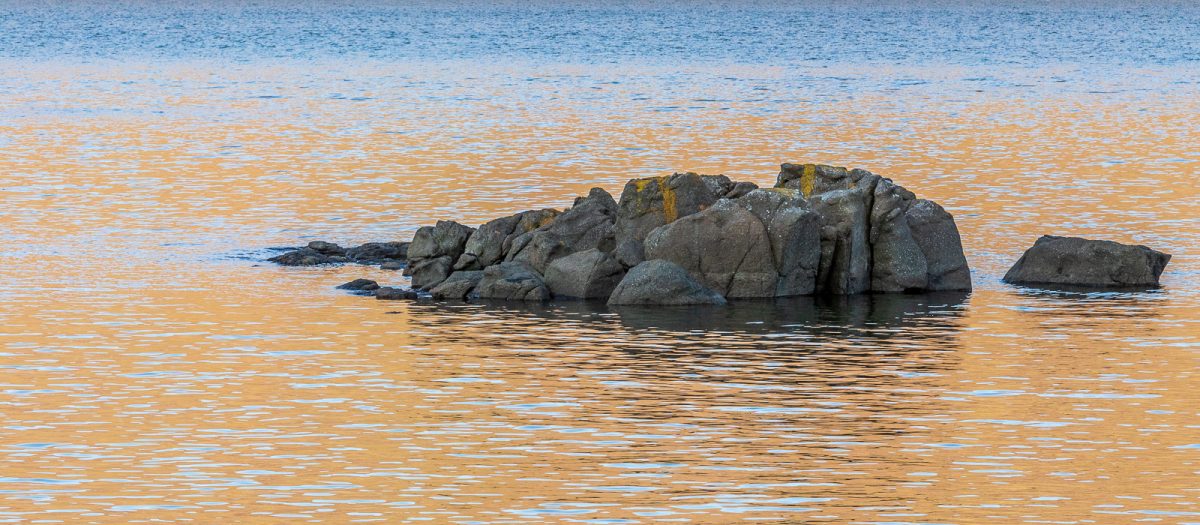I purchased and watched Steve's video on LRc Library module. It's what convinced me to use LRc and PS again. So now I just did a non-wildlife trip to Portugal. I now have collected my images, along with my wife's and another couple. They have been imported into LRc and there are 5,200 images. When I went to delete the duds, there were not many.
So what approach would you take to sorting through images like this. The vast majority of them have GPS tags because they were taken with my Z9 or a phone.
I was thinking of reviewing them for themes, and writing these down, and then going back and rating them based on that category. I don't want to Keyword 5,200 images at the start. Categories could be food, castles, port wine, patterns and shapes (tiles and streets), specific locations such as a town, just to name a few.
I am curious what approaches do people take when it's not wildlife with obvious out of focus or other reasons for culling and sorting?
So what approach would you take to sorting through images like this. The vast majority of them have GPS tags because they were taken with my Z9 or a phone.
I was thinking of reviewing them for themes, and writing these down, and then going back and rating them based on that category. I don't want to Keyword 5,200 images at the start. Categories could be food, castles, port wine, patterns and shapes (tiles and streets), specific locations such as a town, just to name a few.
I am curious what approaches do people take when it's not wildlife with obvious out of focus or other reasons for culling and sorting?


